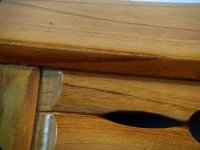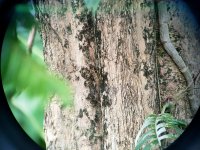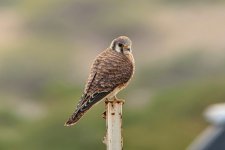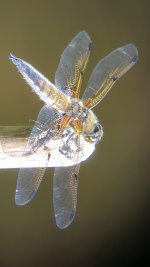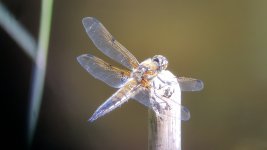Hello All
I have recently acquired an ED82 Fieldscope with the zoom EP and have the DS 30x EP on the way.
I picked up the FSA adaptor last year for £12, which of course works with the older point and shoot Coolpix cameras. I have seen on eBay the attachment rings for about £10 and cameras such as the 885 and 5000 for around £20-£30.
I really only want the Digiscoping for occasional use and recording, hence I don't want to spend much money. I will probably just view/show/share the photos on my phone.
Of the Coolpix cameras that work with the FSA attachment, 900, 885, 4500, 880, & 5000, can anyone provide advice/experiences on which will be the better choice? Or are they all about the same?
I fully understand that this is old technology and the results will be limited, however, my use of Digiscoping is also likely to be limited.
Thanks in advance.
Steven
I have recently acquired an ED82 Fieldscope with the zoom EP and have the DS 30x EP on the way.
I picked up the FSA adaptor last year for £12, which of course works with the older point and shoot Coolpix cameras. I have seen on eBay the attachment rings for about £10 and cameras such as the 885 and 5000 for around £20-£30.
I really only want the Digiscoping for occasional use and recording, hence I don't want to spend much money. I will probably just view/show/share the photos on my phone.
Of the Coolpix cameras that work with the FSA attachment, 900, 885, 4500, 880, & 5000, can anyone provide advice/experiences on which will be the better choice? Or are they all about the same?
I fully understand that this is old technology and the results will be limited, however, my use of Digiscoping is also likely to be limited.
Thanks in advance.
Steven







